Colombia boasts two remarkable urban centers that offer travelers distinctly different experiences. The capital city of Bogotá and the innovative hub of Medellín each possess unique atmospheres reflecting their geography, history, and culture.
Here is a list of 17 experiences that truly define the vibe of each Colombian city, highlighting what makes them fascinating yet fundamentally different destinations.
Climate Reality

Medellín embraces its reputation as the ‘City of Eternal Spring’ with consistently pleasant temperatures hovering around 70-75°F year-round. This moderate climate influences everything from architecture to lifestyle, with indoor-outdoor living spaces and open-air restaurants functioning comfortably in all seasons.
Bogotá’s position at 8,660 feet above sea level creates a cooler mountain atmosphere where daily temperatures fluctuate dramatically, and light jackets become necessary even during midday hours.
Urban Layout
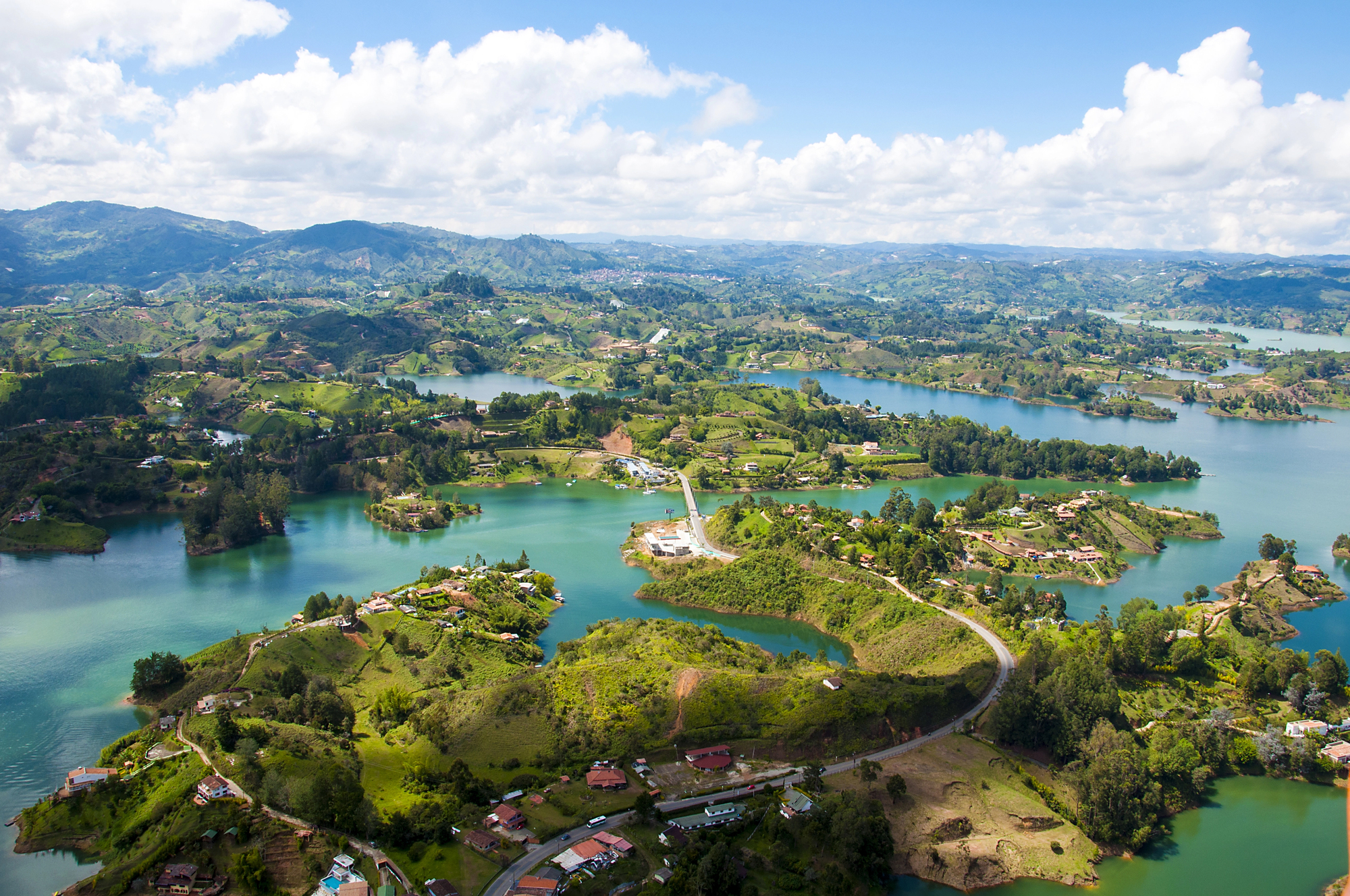
Medellín occupies a narrow valley with development spreading up steep hillsides, creating a three-dimensional city where elevation becomes a defining characteristic of neighborhoods. The compact nature of the valley means even distant areas remain visually connected, with views across the metropolis creating a sense of orientation.
Bogotá sprawls across a high plateau with neighborhoods extending for miles in all directions, fostering distinct district identities that can feel like separate cities unto themselves.
Transportation Experience
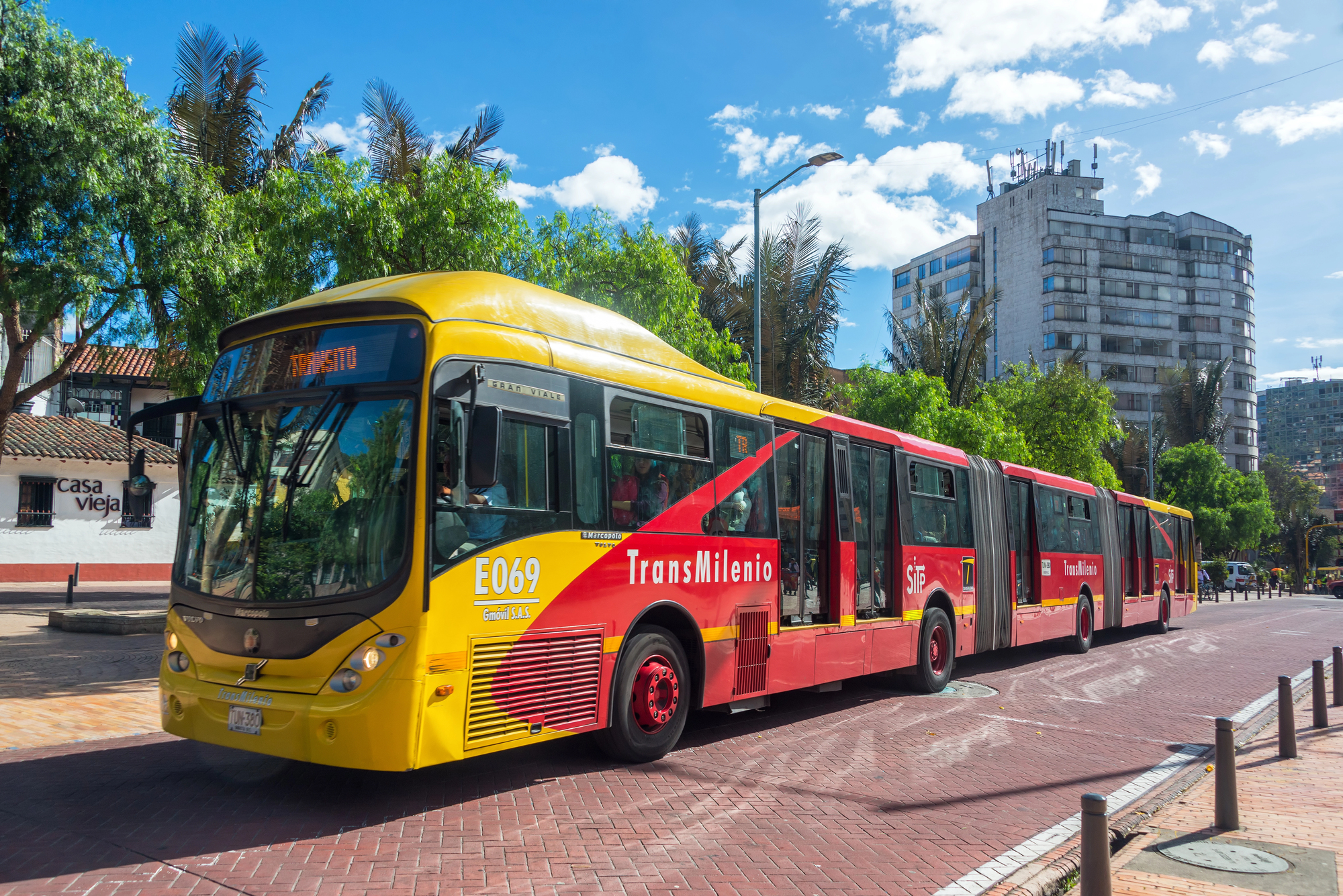
Medellín showcases its award-winning metro system, featuring spotlessly clean trains and distinctive cable cars that connect hillside communities to the city center. This integrated network serves as both practical transportation and a source of civic pride, representing the city’s commitment to innovation and accessibility.
Bogotá relies on the TransMilenio bus rapid transit system alongside traditional buses navigating through denser traffic patterns, creating a more hectic ground-level transportation experience that requires greater patience and planning.
Like Travel Pug’s content? Follow us on MSN
Architectural Contrasts

Medellín embraces contemporary architecture as a symbol of its transformation, with striking modern buildings like the Biblioteca España and innovative public spaces showcasing the city’s forward-looking identity. Recent development often incorporates abundant greenery and open spaces, reflecting the temperate climate and outdoor lifestyle.
Bogotá preserves a richer architectural heritage, spanning colonial buildings in La Candelaria to republican-era structures and modernist landmarks, creating a more layered historical aesthetic where different centuries visibly coexist throughout the urban landscape.
Art Expressions

Medellín tells its complex social history through vibrant street art in Comuna 13 and other neighborhoods, using public murals as tools for community transformation and storytelling. The city’s art scene frequently addresses themes of resilience and reinvention, mirroring its own narrative of overcoming difficult periods.
Bogotá cultivates a more established institutional art presence with world-class museums like the Botero Museum and the Gold Museum, housing priceless collections complemented by an edgy contemporary gallery scene in neighborhoods like San Felipe.
Dining Atmosphere

Medellín offers a relaxed approach to dining, with numerous open-air restaurants and casual eateries serving traditional Antioquian dishes like bandeja paisa in unpretentious settings. Meals often stretch leisurely across hours as diners enjoy the pleasant climate and prioritize social connection over culinary experimentation.
Bogotá has developed Latin America’s most dynamic fine dining scene with internationally recognized restaurants exploring modern Colombian cuisine through innovative techniques and presentation, attracting serious food enthusiasts and establishing the city as a gastronomic destination.
Like Travel Pug’s content? Follow us on MSN
Cafe Culture

Medellín’s cafe scene centers around the region’s locally-grown coffee served in indoor-outdoor spaces where patrons linger for hours, socializing or working remotely. The atmosphere tends toward casual comfort rather than aesthetic sophistication, with functionality often prioritized over design.
Bogotá elevates coffee consumption to an art form with specialized third-wave cafes conducting tasting sessions and educating customers about regional beans, brewing methods, and flavor profiles in design-conscious spaces that could rival specialty cafes anywhere globally.
Green Spaces

Medellín integrates nature throughout the urban environment with linear parks following the river, botanical gardens displaying tropical diversity, and small neighborhood parks providing gathering spaces within walking distance of most homes. The city’s approach emphasizes democratic access to green spaces as part of its social urbanism philosophy.
Bogotá features the extensive Simón Bolívar Park, functioning as the city’s central lungs, alongside the unique Ciclovía program that transforms major avenues into pedestrian corridors every Sunday, creating temporary linear parks throughout the metropolitan area.
Evening Energy
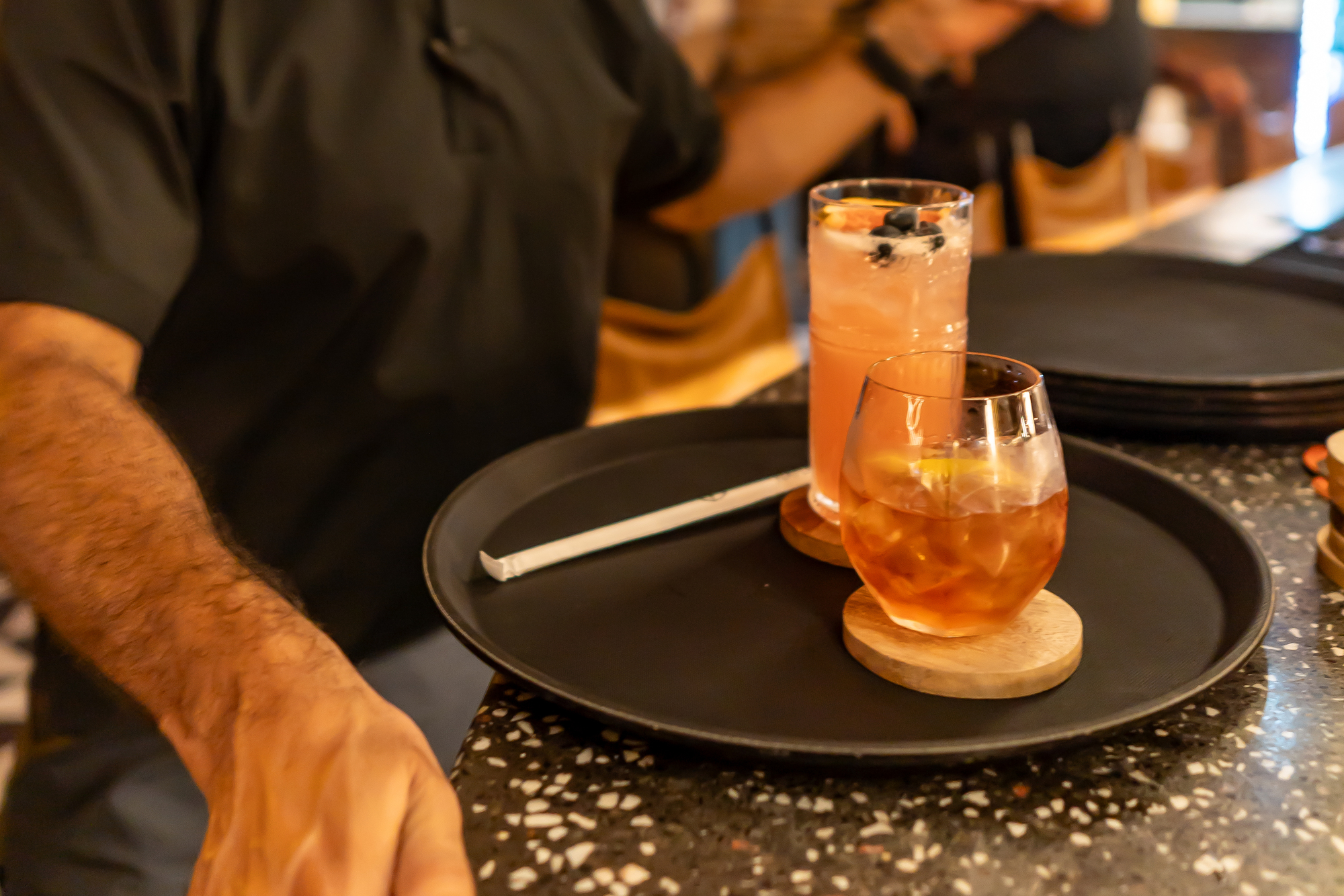
Medellín buzzes with nightlife centered around El Poblado’s Parque Lleras, where outdoor seating spills from dozens of bars and restaurants, creating a street party atmosphere most evenings. The city’s nightlife follows the relaxed pattern of its daytime rhythm, with moderate temperatures allowing comfortable outdoor socializing year-round.
Bogotá’s evening scene fragments across multiple distinct areas, from the bohemian bars of La Candelaria to the upscale lounges of Zona Rosa, with colder temperatures encouraging more indoor-focused nightlife and establishments often creating cozy, intimate environments.
Like Travel Pug’s content? Follow us on MSN
Music Soundtrack

Medellín pulses to reggaeton beats emanating from cars, shops, and clubs, celebrating the city’s role in pioneering this globally influential sound through artists like J Balvin and Maluma. The musical identity connects strongly to the city’s younger generations and contributes to its contemporary cultural reputation.
Bogotá embraces greater musical diversity ranging from traditional Andean sounds to a thriving rock and electronic underground scene, hosting major festivals and supporting alternative venues that nurture experimental and independent artists.
Fashion Sensibilities

Medellín earns its reputation as Colombia’s fashion capital through a vibrant local design industry and the annual Colombiamoda fashion week showcasing emerging talent. Daily street style tends toward colorful, body-conscious clothing that reflects the warm climate and the city’s outgoing social atmosphere.
Bogotá’s cooler temperatures necessitate layered wardrobes, with residents often adopting more subdued, European-influenced aesthetics featuring darker color palettes and emphasizing quality materials over flashy presentation.
Greeting Customs
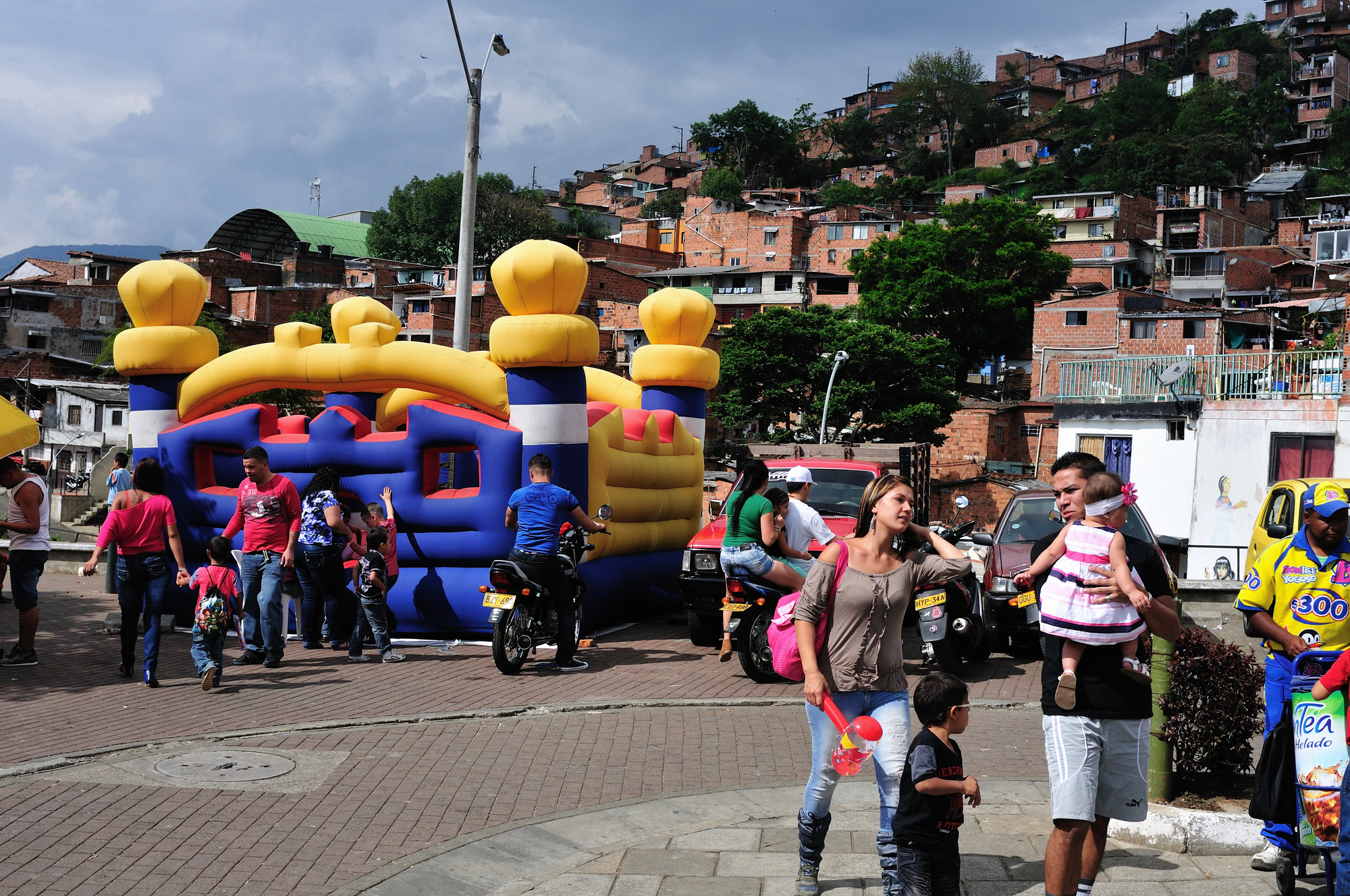
Medellín embraces visitors with the characteristic warmth of paisas (people from the Antioquia region) who initiate conversations with strangers and readily offer assistance to newcomers. The social atmosphere encourages direct engagement and expressiveness, making the city feel immediately welcoming despite its size.
Bogotá maintains slightly more reserved initial interactions, reflecting the capital’s more cosmopolitan environment where residents juggle busier schedules and greater anonymity within the larger population.
Like Travel Pug’s content? Follow us on MSN
Language Dynamics
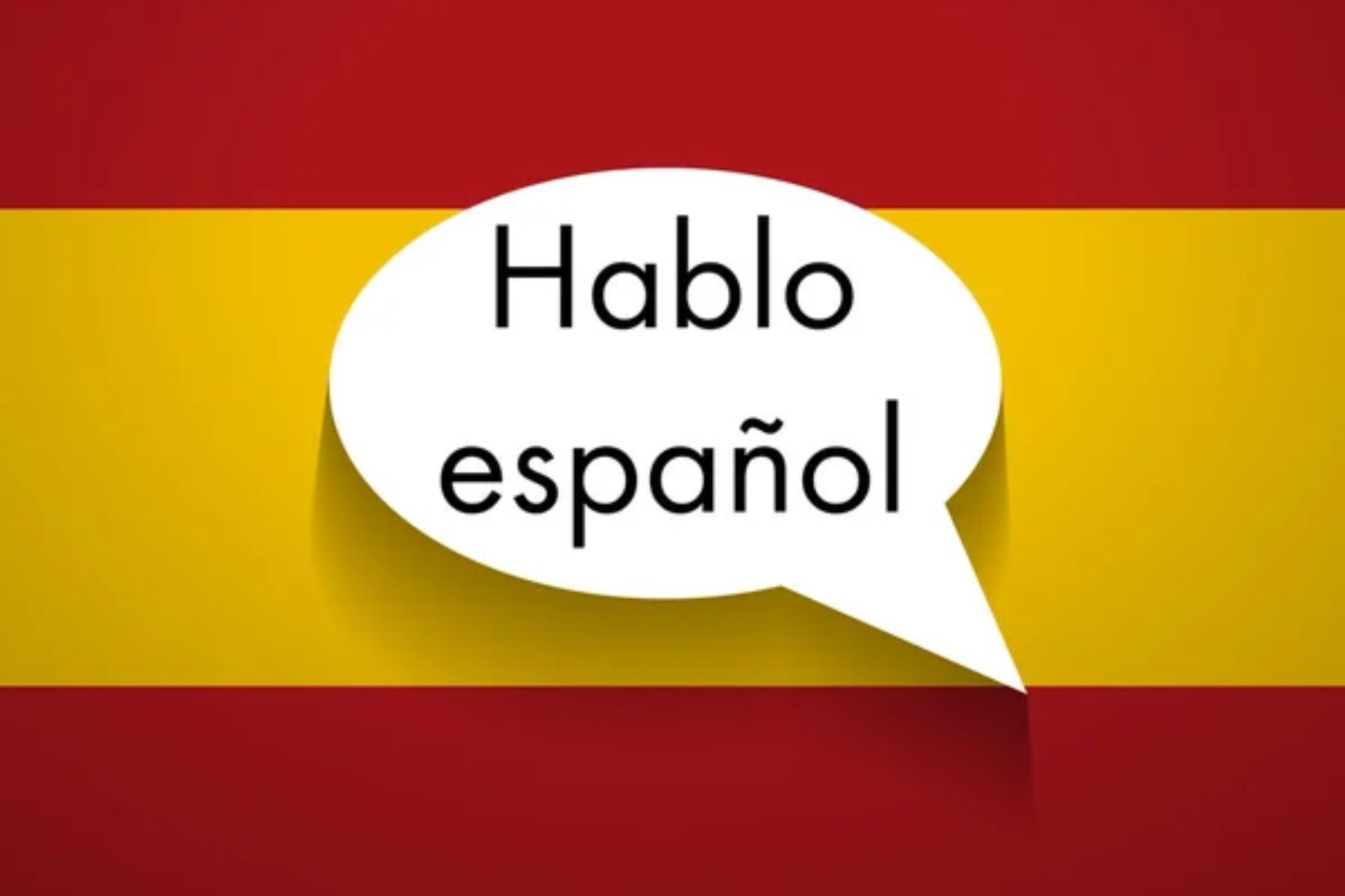
Medellín residents speak with a distinctive paisa accent characterized by melodic intonation and unique regional vocabulary that has gained recognition through television shows and music. Locals often maintain strong pride in their linguistic identity, with regional expressions functioning as markers of authentic Medellín culture.
Bogotá historically claims Colombia’s most neutral Spanish accent, reflecting its status as the capital and administrative center where more formal language traditionally prevailed in government, media, and educational contexts.
Weekend Rituals

Medellín families gather in parks and public spaces for weekend picnics and social activities, with multigenerational groups spending entire days enjoying the pleasant weather together. The proximity of small pueblos like Guatapé and Santa Fe de Antioquia also facilitates quick weekend escapes just beyond the city limits.
Bogotá residents often retreat to the surrounding countryside on weekends, visiting nearby towns like Villa de Leyva or hiking in the eastern mountains that frame the city, creating a noticeable urban exodus during holiday periods.
Innovation Evidence
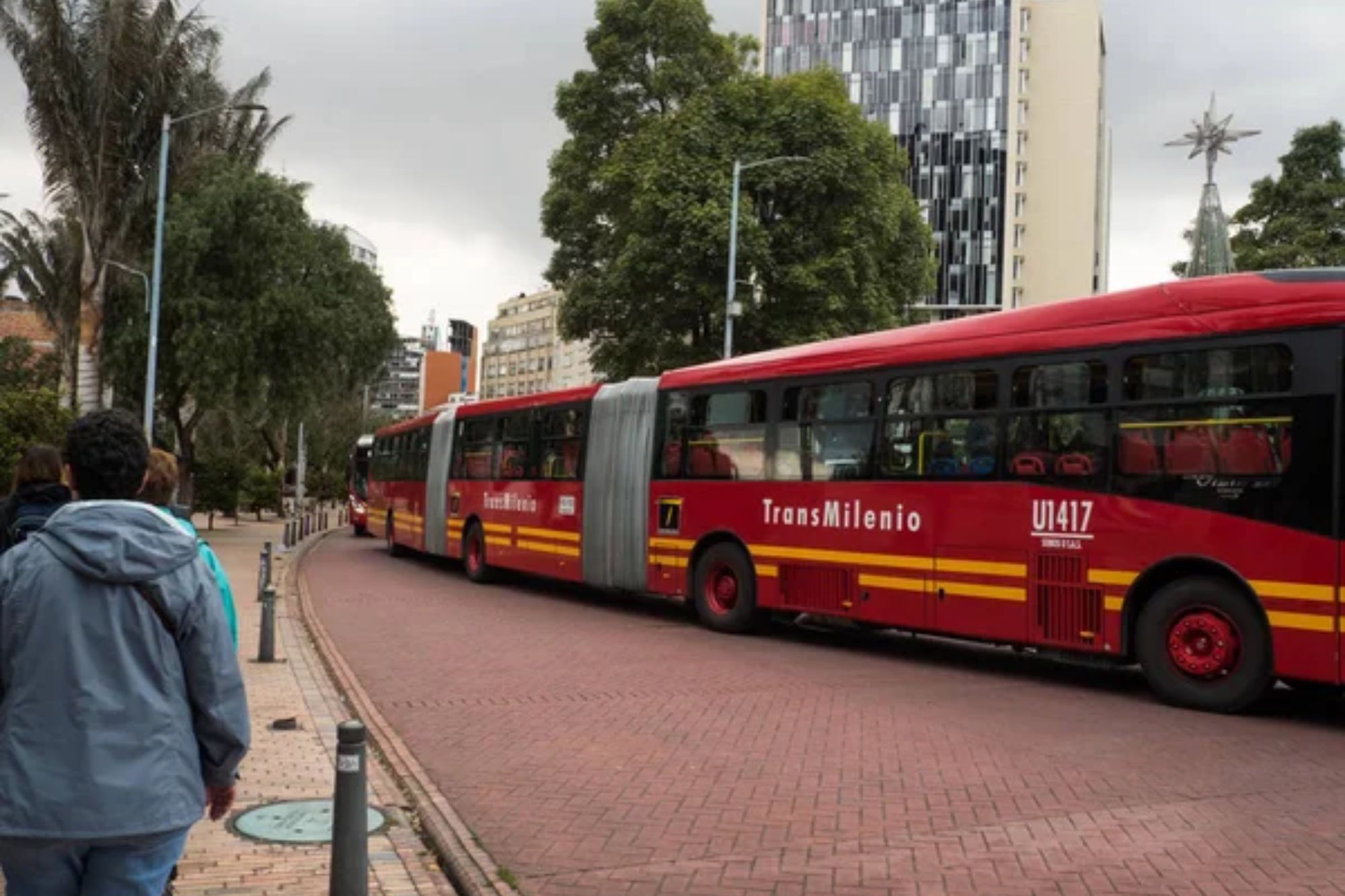
Medellín takes pride in its remarkable transformation narrative, showcasing innovations like public escalators connecting hillside communities and library parks that serve as simultaneous education centers and architectural landmarks. The city actively promotes its urban renewal success story as a core element of its contemporary identity.
Bogotá demonstrates innovation through policy initiatives like its pioneering TransMilenio bus system and extensive bicycle infrastructure that predated similar developments in many wealthier global cities.
Like Travel Pug’s content? Follow us on MSN
Visitor Demographics
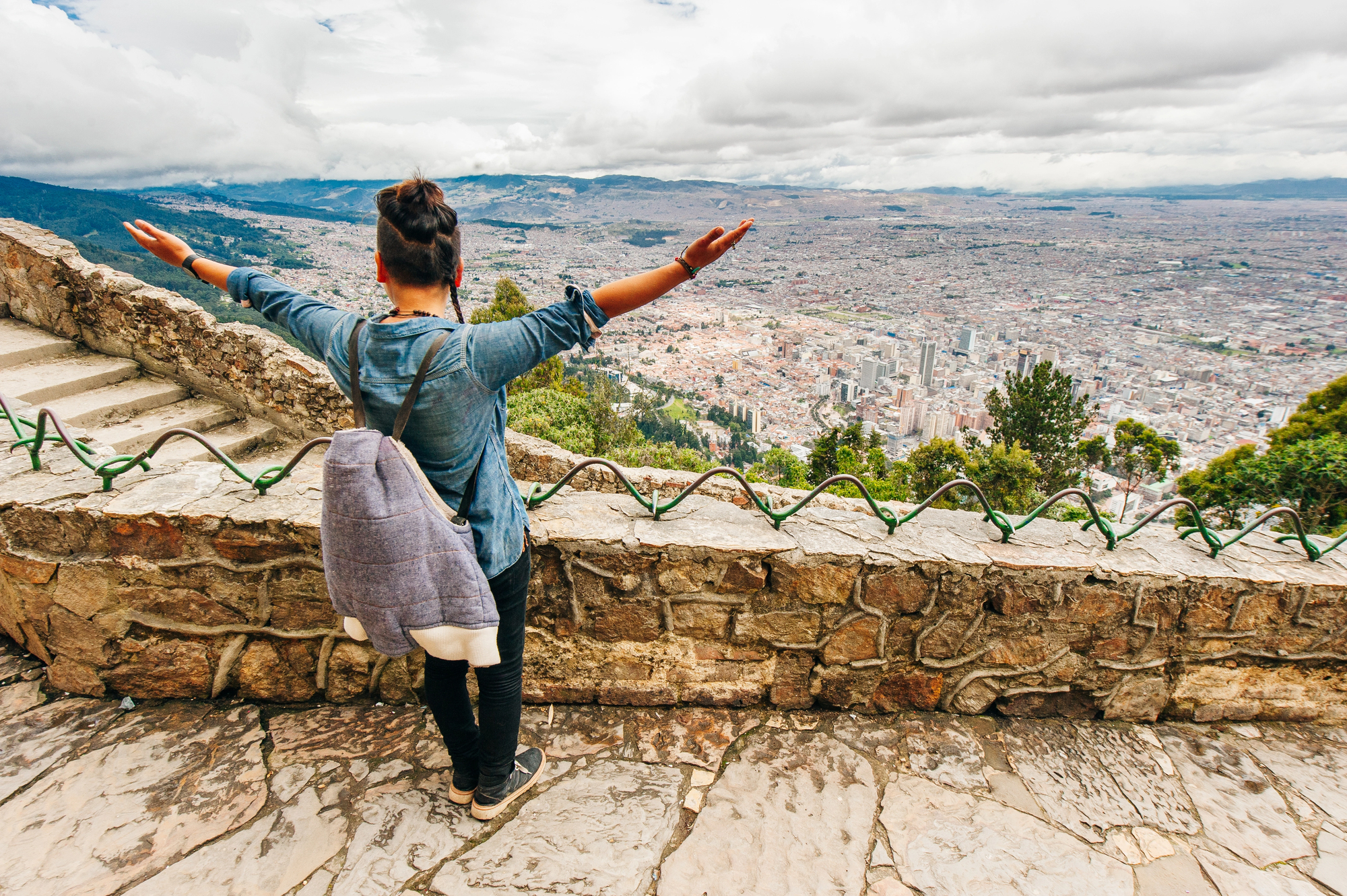
Medellín attracts a younger international crowd, including digital nomads drawn by the comfortable climate, affordable living costs, and increasingly global atmosphere, particularly in the El Poblado district. Many visitors specifically seek out the city based on its reputation for innovative urban transformation.
Bogotá receives more business travelers and cultural tourists interested in museums, gastronomy, and historical sites, with its role as the capital creating a more diverse visitor population, including diplomats and corporate travelers alongside backpackers and vacationers.
Altitude Adjustment
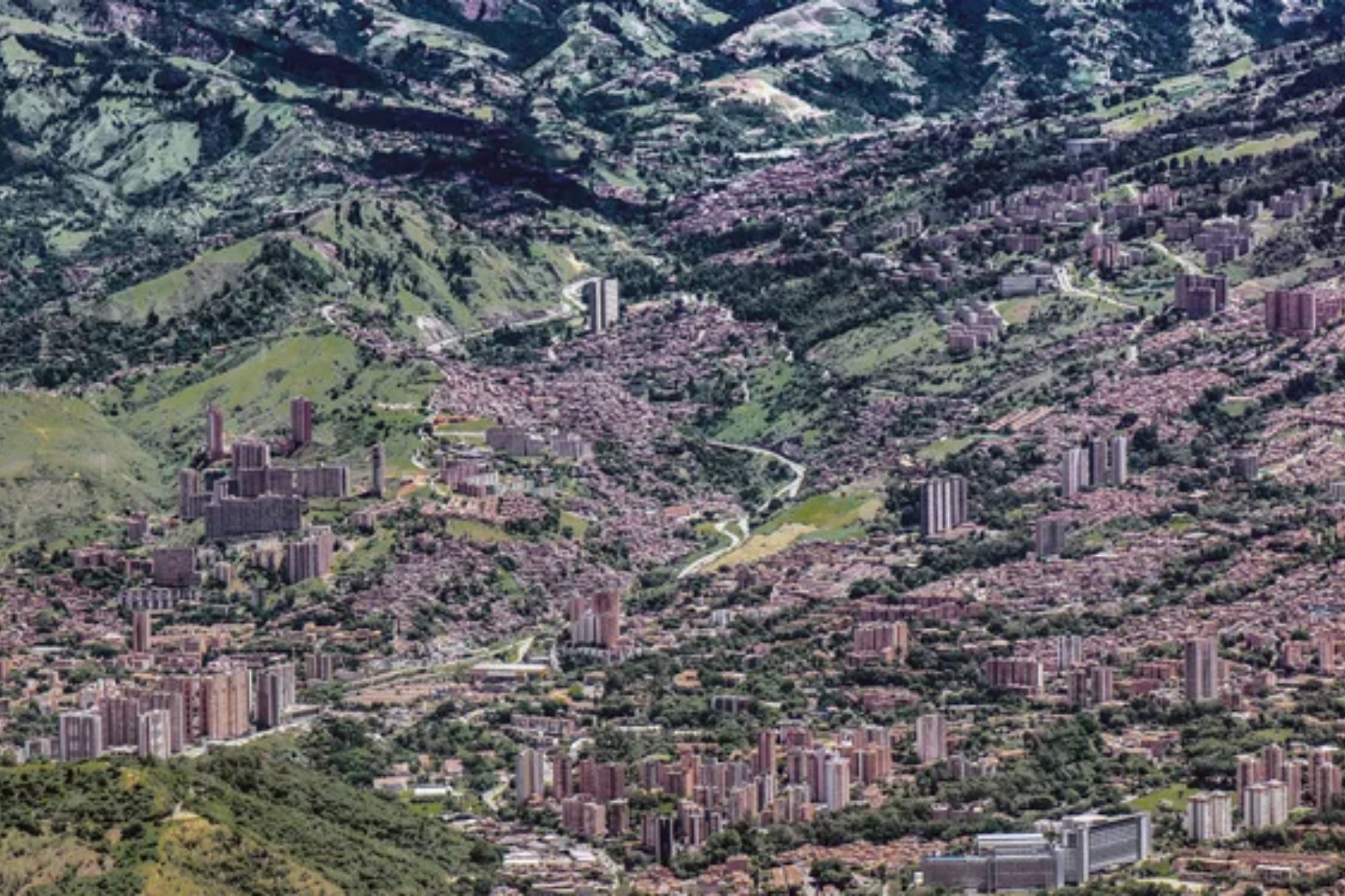
Medellín sits at a moderate 4,905 feet elevation, allowing visitors to acclimate easily without experiencing significant altitude effects other than particularly intense sun exposure during midday hours. The consistent elevation throughout the valley means visitors need not adjust to changing conditions when exploring different areas.
Bogotá requires genuine altitude adjustment for most visitors with its 8,660-foot elevation causing noticeable effects including shortness of breath during physical activity, stronger alcohol effects, and occasionally mild headaches during the first days in the city.
The Tale of Two Transformations
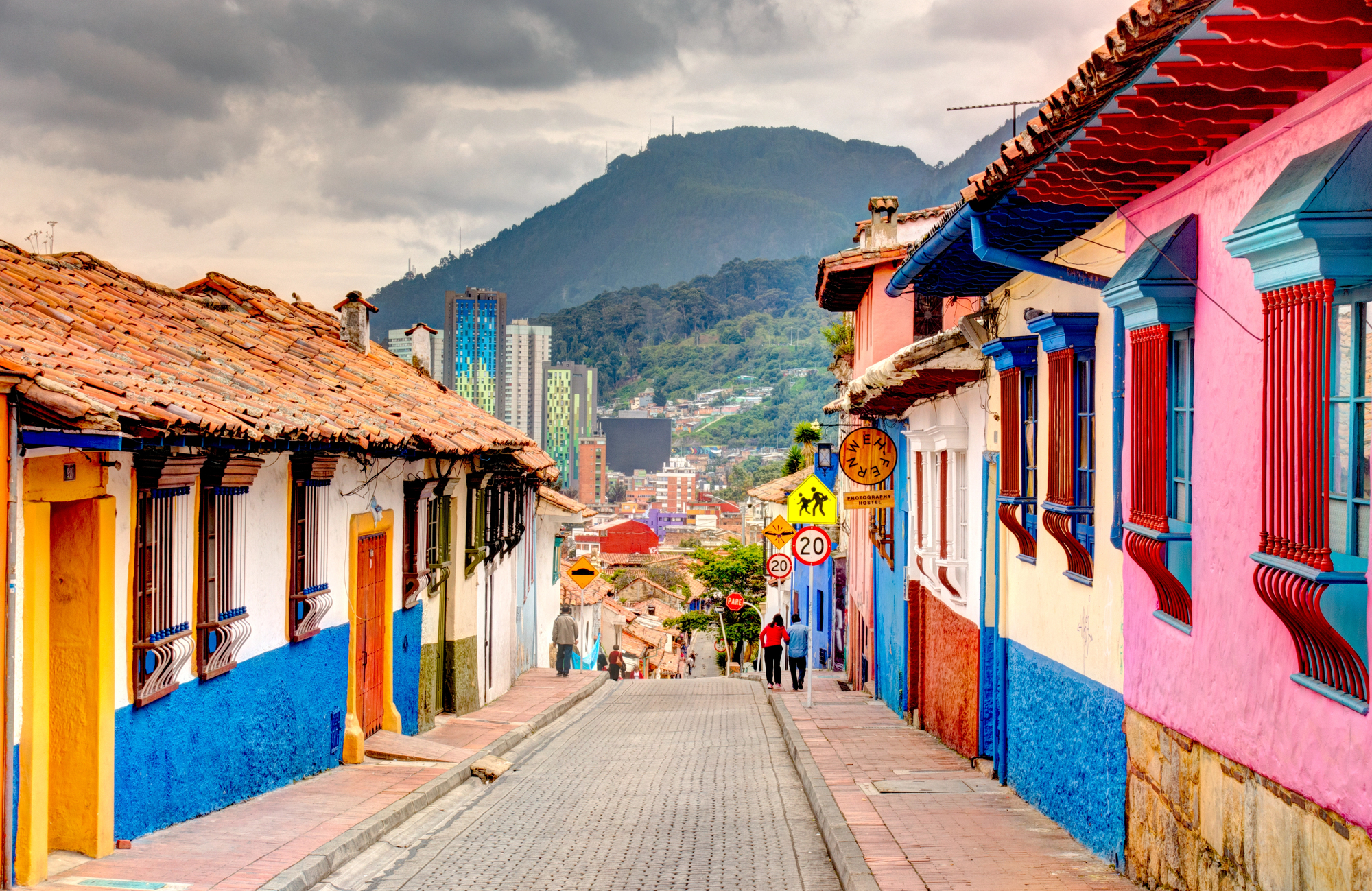
These captivating Colombian cities reveal how different paths to urban development create entirely distinct visitor experiences. Medellín leverages its perfect climate and dramatic topography while showcasing rapid social transformation through innovative urban planning that has rewritten its once-troubled narrative.
Bogotá builds upon its historical role as Colombia’s political and cultural capital, gradually evolving from administrative center to global city with world-class cultural institutions and culinary prowess. These complementary urban personalities demonstrate why Colombia has emerged as South America’s most dynamic travel destination, offering profound urban experiences that reward travelers who make time for both cities.
More from Travel Pug

- Cities Growing so Fast You Won’t Recognize Them in 10 Years
- 13 Destinations Where Tourists Regularly Regret Their Trip
- 20 Obscure WWII Sites Even History Buffs Don’t Know About
- 10 Under-the-Radar Mountain Towns That Are Both Affordable and Beautiful
- Remote Villages in Europe Where You Can Live for Free in Exchange for Work
Like Travel Pug’s content? Follow us on MSN
